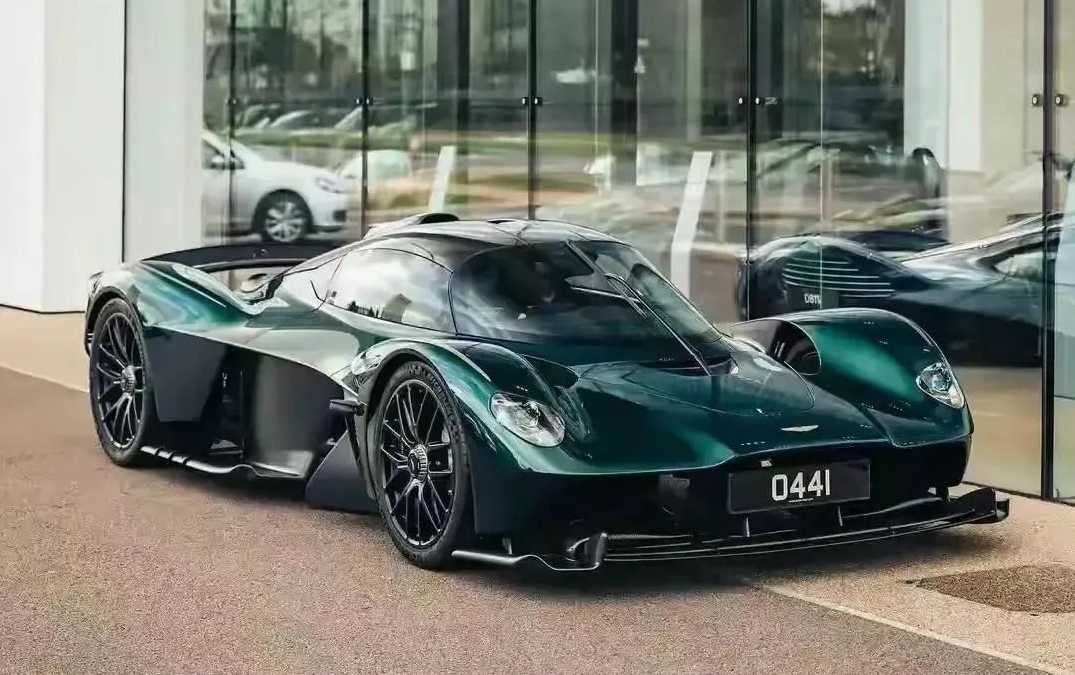Beneath its angular, carbon-fiber body lies a 6.5-liter naturally aspirated V12 engine, a masterpiece producing 750 horsepower and 690 Nm of torque. Mated to a seven-speed ISR transmission, the Veneno catapults from 0-62 mph in 2.8 seconds, hits a top speed of 221 mph (355 km/h), and tips the scales at 1,490 kg. The V12’s thunderous exhaust note, paired with instantaneous throttle response, channels raw racing DNA, while Lamborghini’s permanent all-wheel-drive system ensures relentless traction through every curve.
Aerodynamics define the Veneno’s design. Its sharp fins, massive rear diffuser, and adjustable rear wing generate extreme downforce, mimicking Formula 1 aerotech for unrivaled high-speed stability. The body, constructed entirely from carbon fiber with forged composites, isn’t just lightweight—it’s a statement of purpose, with exposed mechanical elements and aggressive air intakes that evoke a stealth fighter. Inside, the cockpit is stripped to essentials: carbon-fiber bucket seats, a racing steering wheel, and a digital dashboard displaying performance metrics, leaving no doubt about the Veneno’s track-focused intent.
Lamborghini named the Veneno after a legendary fighting bull, and the car lives up to its moniker with ferocity. While not designed for daily use, its limited production and astronomical price tag (reportedly €3.12 million) make it a symbol of automotive excess and innovation. Decades later, the Veneno remains an icon of Lamborghini’s golden era—where raw V12 power, extreme aerodynamics, and avant-garde design converged to create a machine that’s as much a moving sculpture as it is a performance beast. For the 12 fortunate owners, it’s a reminder that sometimes, the most extraordinary automotive creations exist not just to drive, but to inspire awe.










